Little Ginza in Hong Kong: A Brief History of Causeway Bay's Japanese Department Stores

Hong Kong’s ‘Opium King’ Lee Hysan bought East Point Hill from Jardine’s in 1923. He spearheaded its transformation from an industrial wasteland to a thriving commercial district home to many restaurants, theatres and the Lee Garden amusement park. But Lee is not the only one to credit for Causeway Bay’s reputation as Hong Kong’s heart for fun and leisure: it could not have become what it is today without the wave of Japanese department stores that hit the area in the 1960s, with Daimaru as the first department store to set up shop there. The four main Japanese department stores in Causeway Bay - Daimaru, Matsuzakaya, Mitsukoshi and SOGO - had a combined retail space of 500,000 (!) square feet in their heydays. They turned Causeway Bay into a ‘little Japan’ and simultaneously made it Hong Kong’s most important shopping destination. Join us for a journey back in time to learn more about the history and legacy of these four iconic Japanese department stores.
1. DAIMARU (1960 - 1998)
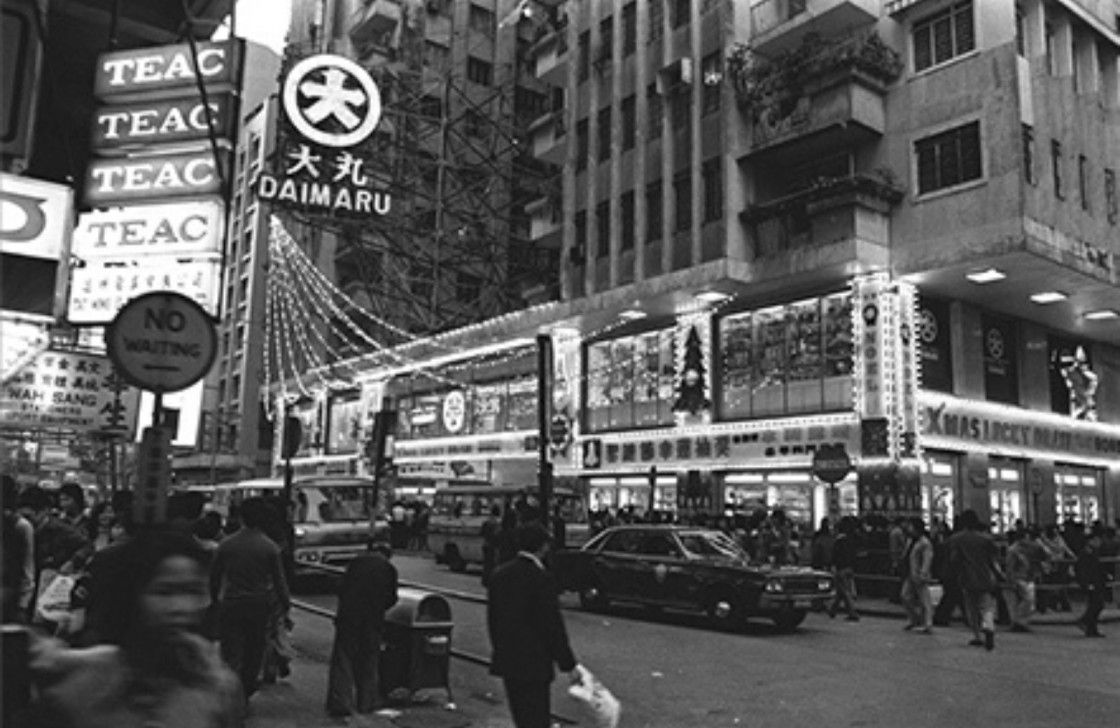
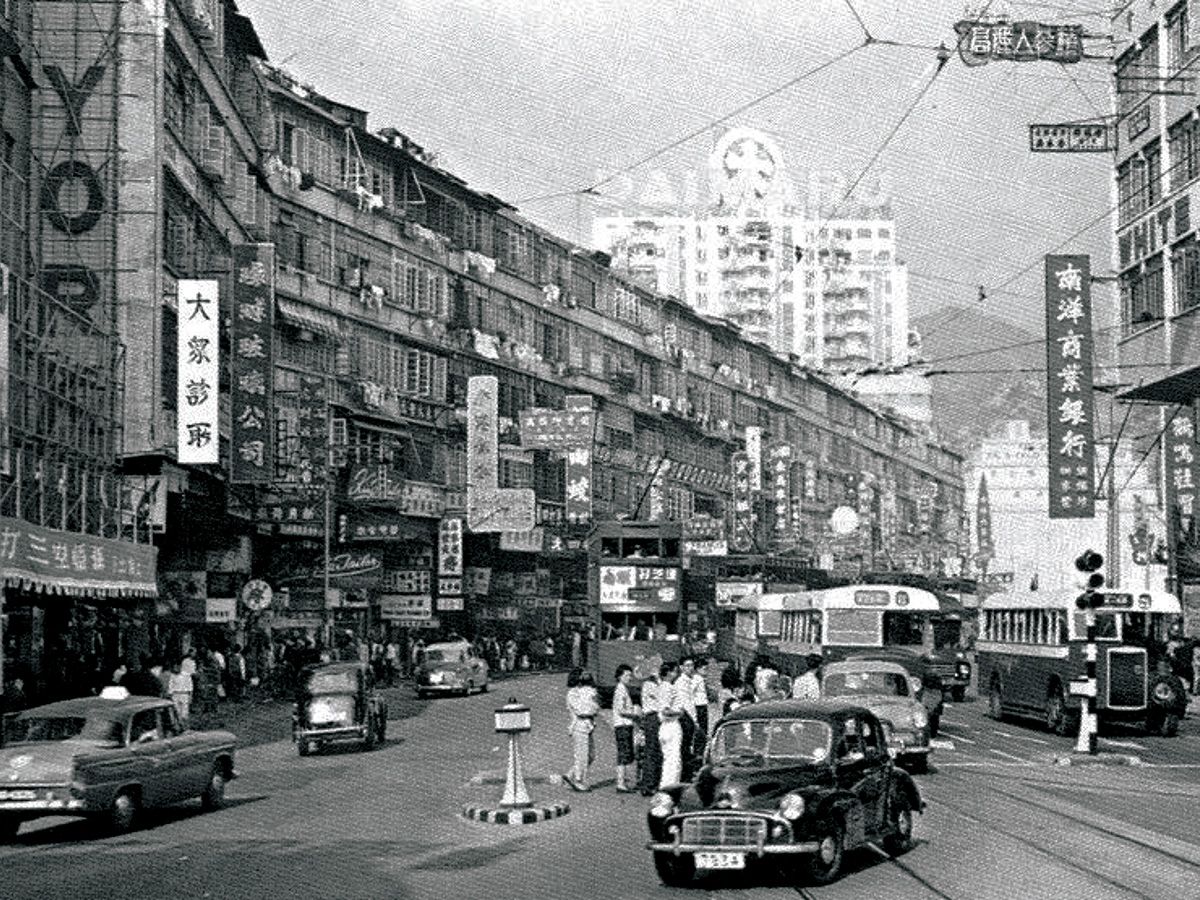
For many years, hipster destination Fashion Walk was the home of the iconic Japanese department store Daimaru and a soybean warehouse before that. Until the 1950s, Hong Kong’s ever-popular Vitasoy milk was once made in Causeway Bay.
When Daimaru opened its doors in the wintery month of November 1960, 4,000 guests attended the cocktail party to celebrate the occasion. The Japanese department store’s first overseas venture revolutionised Hong Kong’s retail landscape. Hong Kong Newspaper the South China Morning Post reported: “The store is ultra-modern and streamlined. The goods are attractively displayed on well-spaced counters, and soft music provides a constant background”.

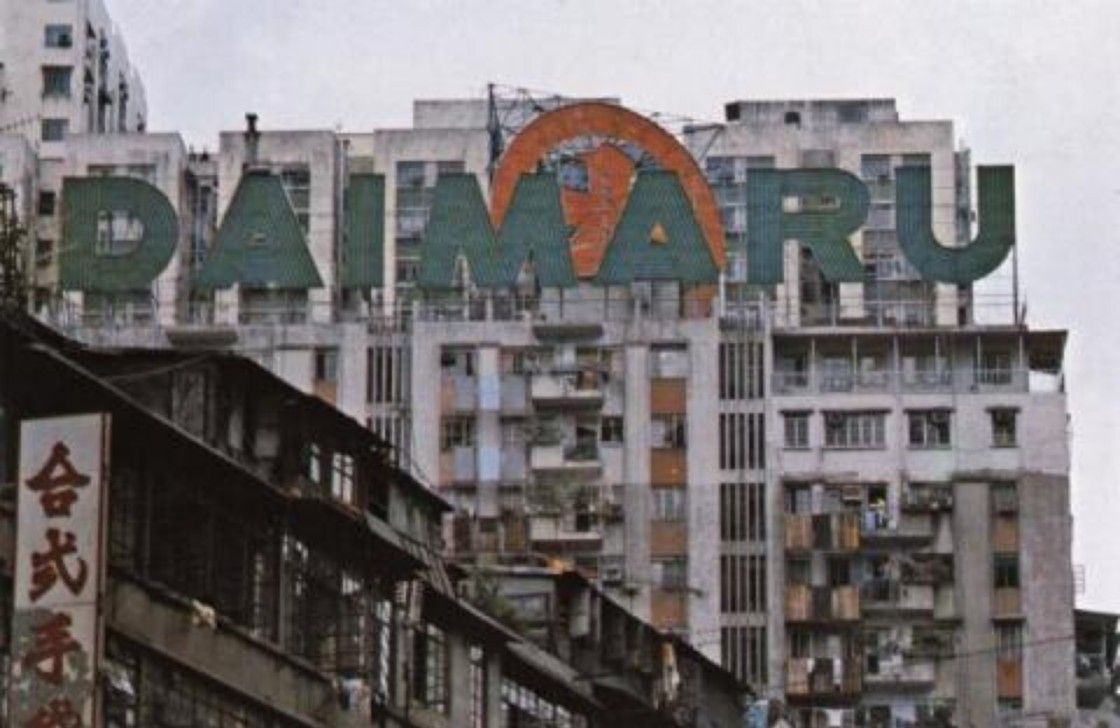
The store employed 400 local shop workers rigorously trained in Japanese etiquette by the 15 Japanese managers who supervised them. The high level of customer service was Daimaru’s hallmark, and all of the other Japanese department stores that opened in Hong Kong followed its lead. Locals flocked to Daimaru for toys, trendy clothes and fancy home appliances such as rice cookers and television sets.
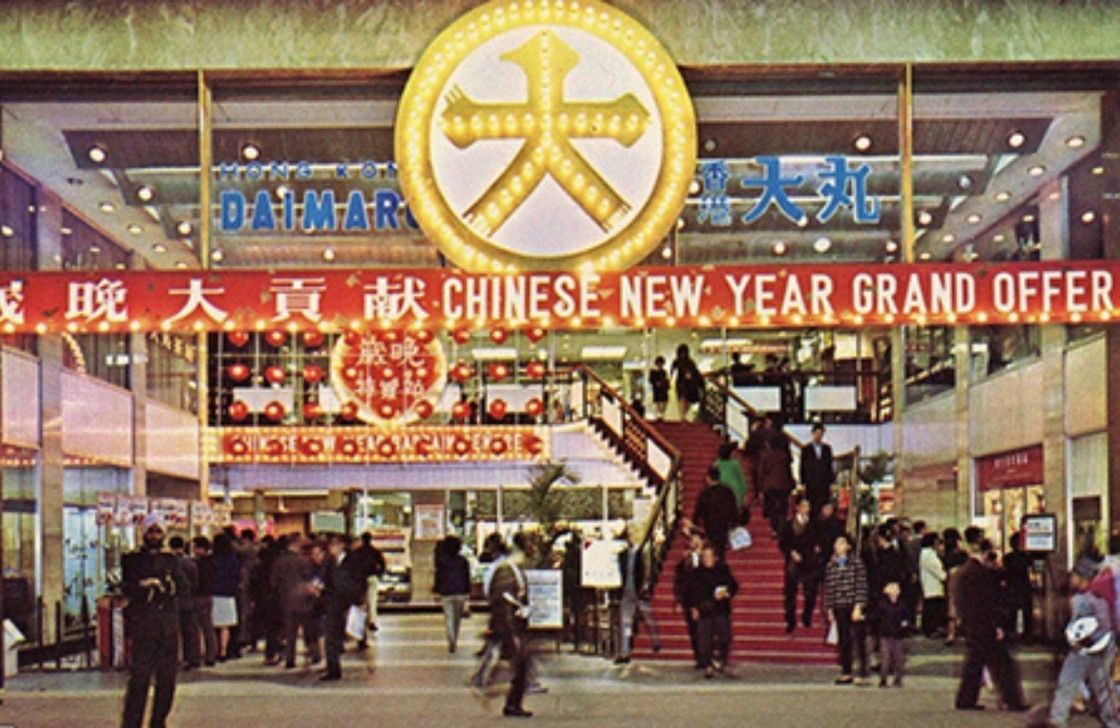
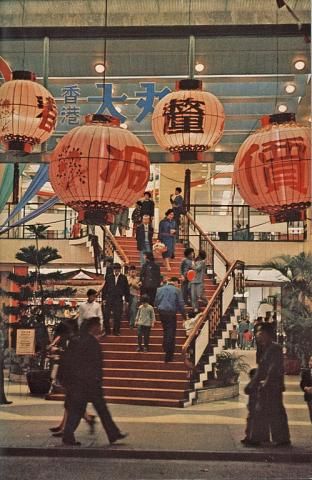

For many years, Daimaru was synonymous with Causeway Bay. Daimaru, or its Cantonese name, ‘Daai Yun’, was even adopted as the name for the minibus terminal in Causeway Bay. Its fiery red neon light signage on top of the Great George Building had also become a landmark for the area. Even though the department store is long gone - rising rents eventually killed the family-friendly emporium in 1998 - its legacy lives on.
Paterson St
2. MATSUZAKAYA (1975 – 1998)
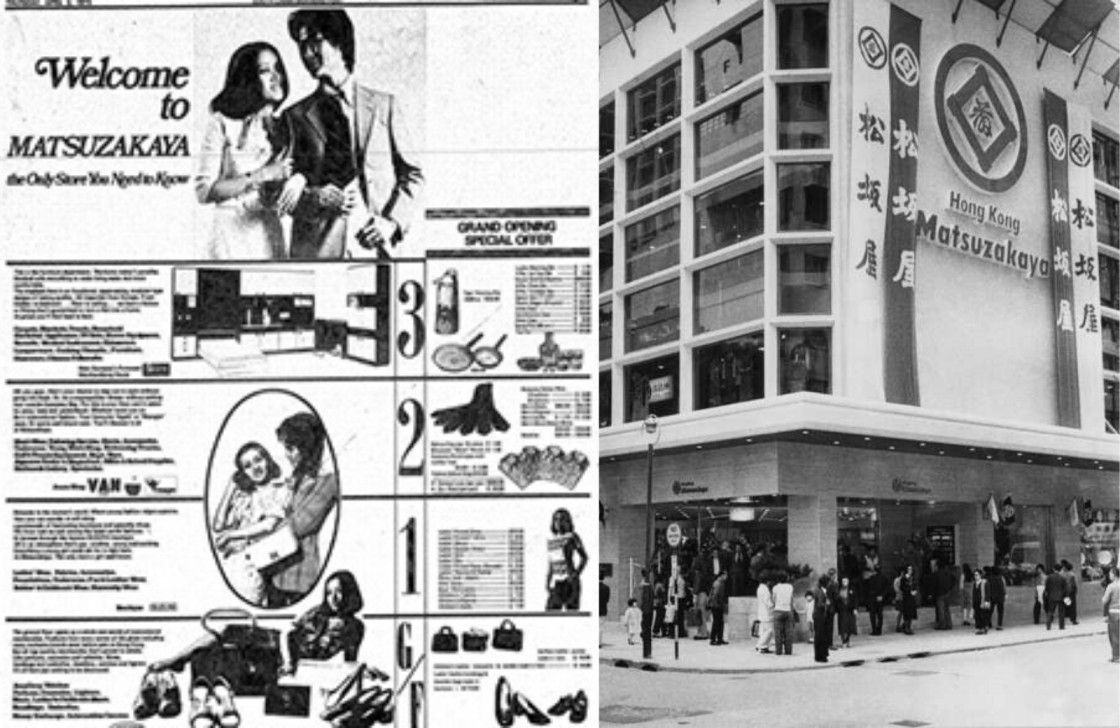
Many Hongkongers got their first introduction to Japanese culture - from records, homeware, snacks, stationery and, of course, Japanese restaurants -at Matsuzakaya, the centre of Hong Kong’s ‘Little Ginza’. Its shops were wildly popular, and queues were often seen outside its four-storey tall podium on Paterson Street.
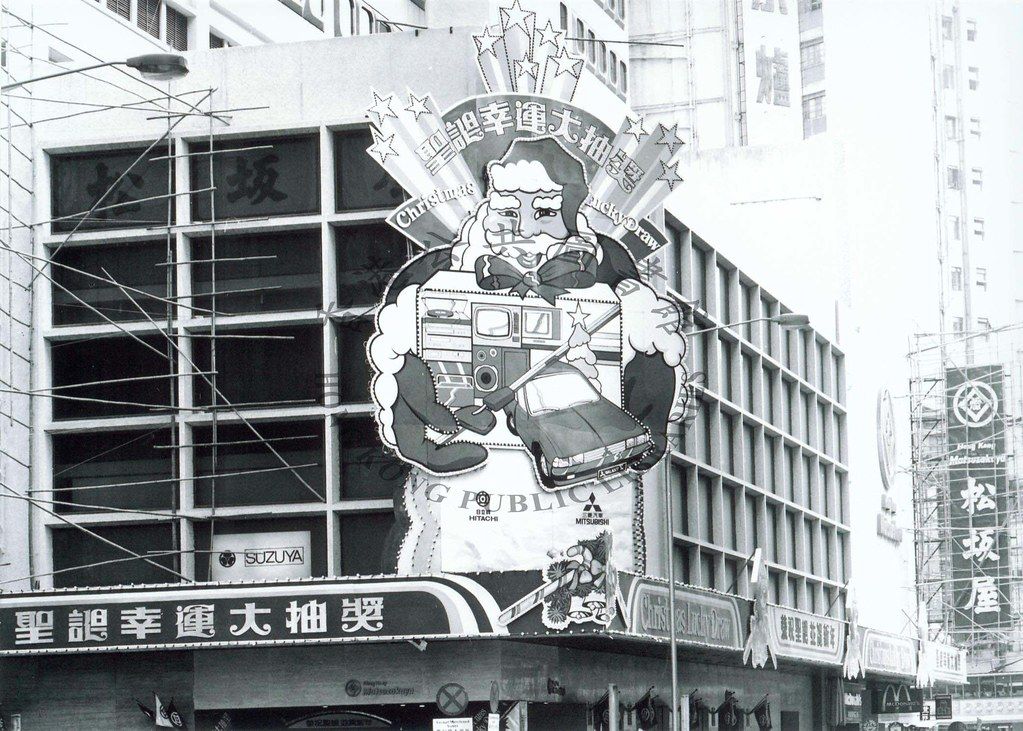
Matsuzayaka’s entry to Hong Kong in 1978 was actually its second foray into the city. During the Japanese Occupation, from 1943 to 1945, the Japanese military government took over Lane Crawford’s store at Central. They gave its operating rights to Matsuzayaka, then one of Japan’s few western-style department stores.
In the mid-1990s, several overseas retail shops withdrew from the Hong Kong market anticipating the 1997 handover. Matsuzakaya was one of them and left Hong Kong in 1998 after 23 years of business.
2-20 Paterson St
3. MITSUKOSHI (1981 – 2006)

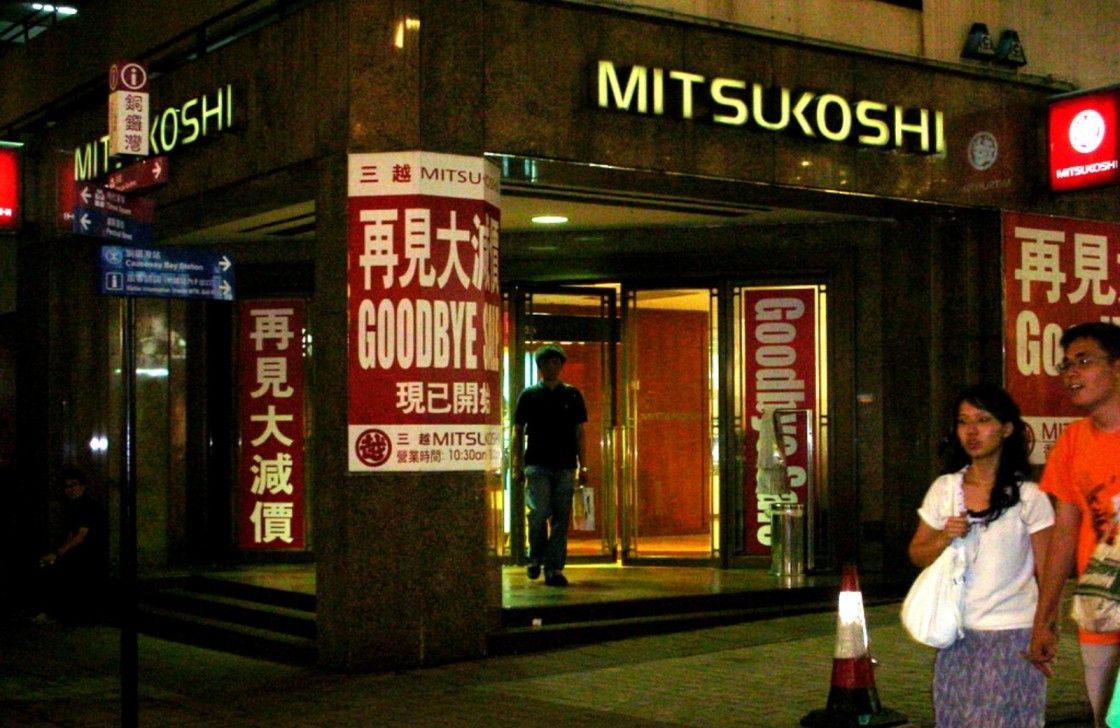
Many Hongkongers still remember the shopping frenzy in the days, even hours, before Mitsukoshi Department Store closed its doors on 17 September 2006. It was the end of an era. Mitsukoshi was very successful: the earnings from its Hong Kong store accounted for about 40% of the company’s overseas sales. Yet, the department store had to close because Hennessy Centre, the building they were in, was due for demolition only about 25 years after it was built. It is now the 40-storey luxury office and retail Hysan Place.
Mitsukoshi Department Store was synonymous with quality goods at competitive prices, popular among Hong Kong’s shrewd shoppers. Hong Kong was one of the first overseas branches of the leading Japanese retail chain and opened to much fanfare on 26 August 1981. For many years, this was the place to shop for trendy fashion brands. Popular home-grown brand Ice Fire and Italy’s United Colours of Benetton were first introduced in Hong Kong through Mitsukoshi.
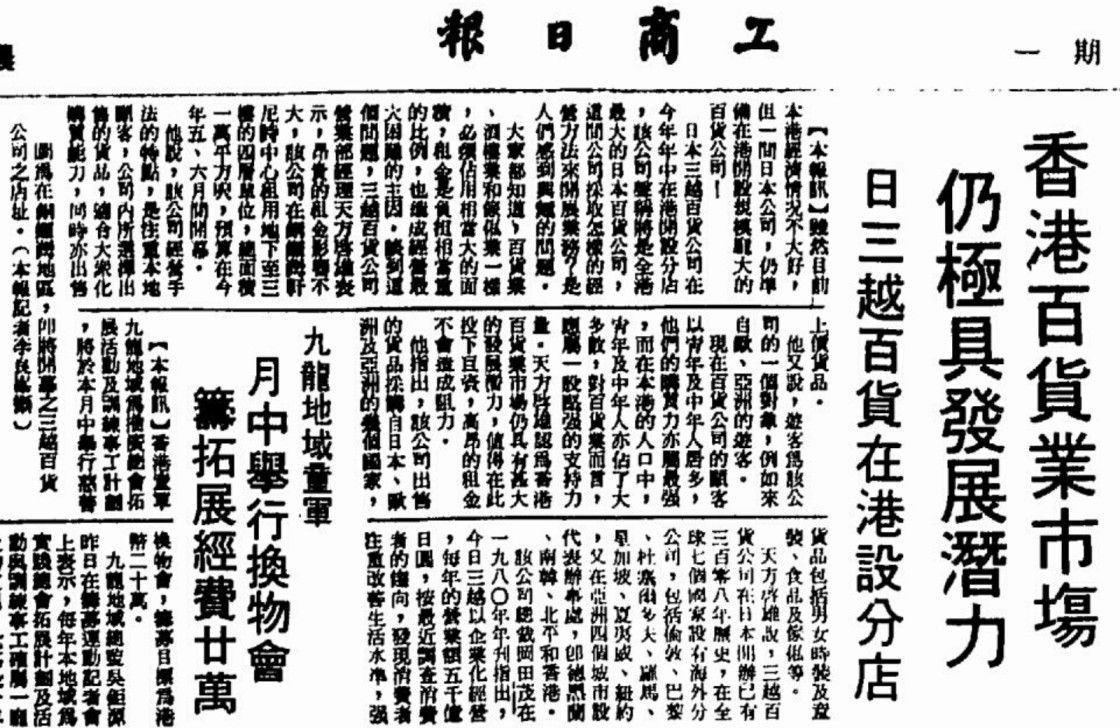
A little-known secret is that Mr Richard Charles Lee - the patriarch of the Lee family and son of ‘Opium King’ Hysan Lee - played a crucial role in Mitsukoshi’s entry into the Hong Kong market. When Hennessy Centre was completed in 1981, plans included opening a theatre and performance centre on the lower floors, but when Mr Lee heard that Mitsukoshi was looking for a prime location for its first Hong Kong store, he immediately shelved his plans and offered the space to the department store.
500 Hennessy Rd
4. SOGO (1985 – present)
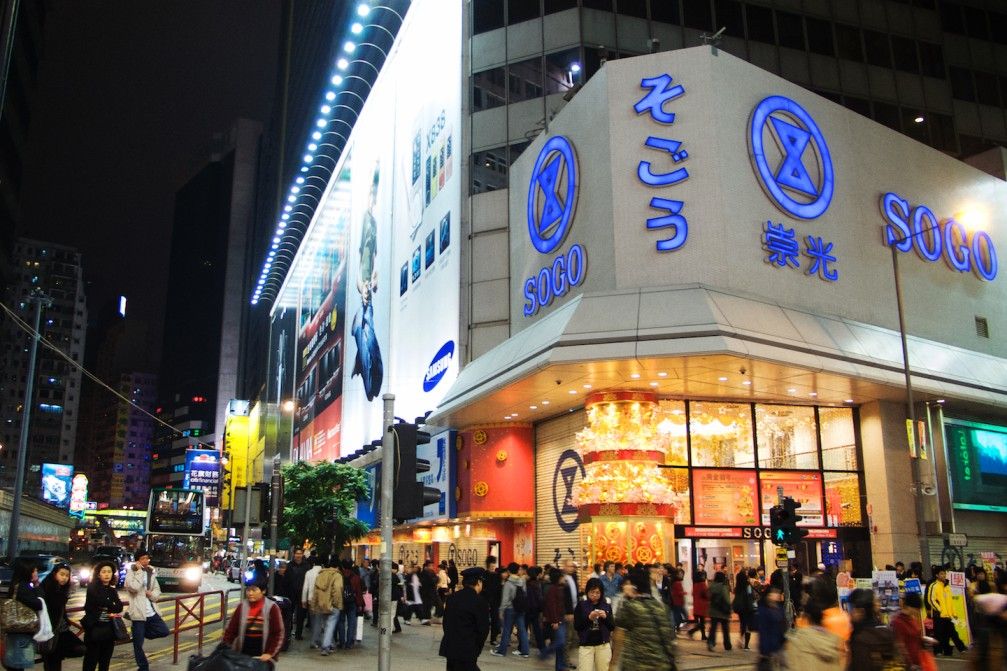
A relative latecomer to the Hong Kong Market, SOGO is the only one of the four Japanese department stores still standing in Causeway Bay. When the Japanese SOGO got in financial trouble in the 1990s, the local operation was sold to two local billionaires, who took the company public and expanded it.
Today, SOGO is still a well-liked shopping destination and a true centre of Japanese culture. Other tenants in the building include the Hong Kong Japanese Club and the Hong Kong Japanese Chamber of Commerce & Industry.

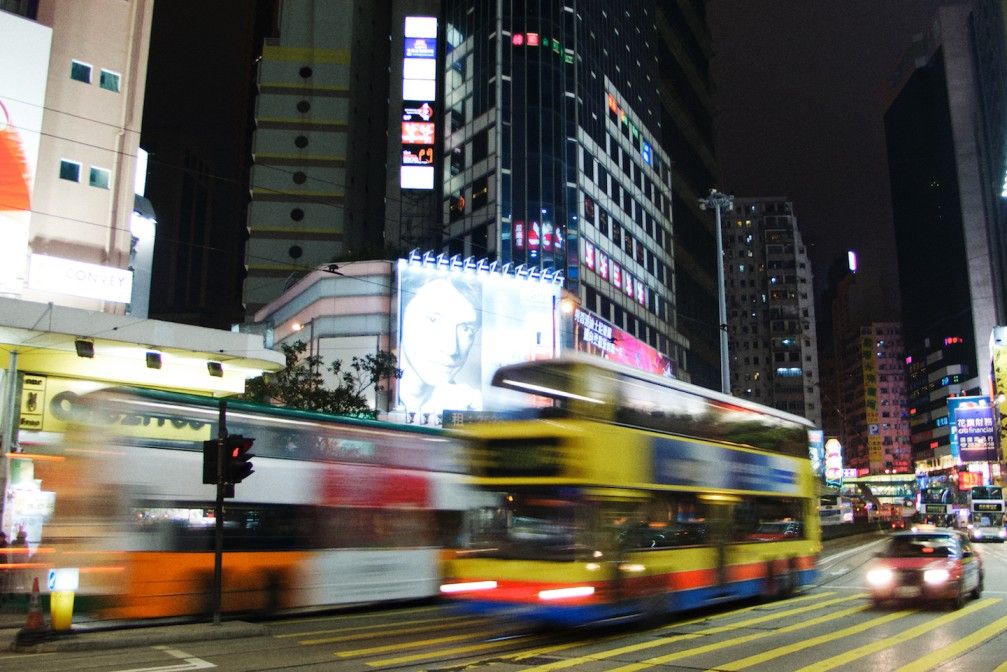
SOGO is synonymous with Causeway Bay. The department store even has its own MTR exit and is a popular meeting point. It is one of the places that define the geography of Causeway Bay.
555 Hennessy Rd
Discover the authentic side of Causeway Bay
Causeway Bay is the epitome of urban reincarnation. No other area in Hong Kong has so successfully and radically reinvented itself as this prime shopping district. It holds the legacy of being the first plot of land ever auctioned in Hong Kong. Captain William Morgan won the bid for ‘East Point Hill’ in 1841 in the name of the trading firm Jardine Matheson & Co. The site was sold for £565, then a hefty sum, and was used to build warehouses, factories and go-downs. East Point, as it was then called, was Hong Kong’s version of the London Docklands.
In the 1920s the bay transformed into a popular entertainment district packed with restaurants, night markets, theatres and the Lee Garden amusement park high up on East Point Hill. The hill was flattened after the war, but its joyful spirit never left. In the 1960s the bay boomed once again. popular Japanese department stores turned Causeway Bay into a ‘little Japan’, and became the city's prime shopping destination. Many have been replaced with even grander hotels, theatres and malls, confirming Causeway Bay district as Hong Kong’s heart for fun and leisure.
Discover the more authentic side of Causeway Bay with this historic walking trail along the district's iconic landmarks. The trail, created with the Lee Gardens Association, is a collection of personal memories of the theatres, stores and markets that make the district so unique. The illustrated map, a tribute to the ferociously fun spirit of the area, is designed by the talented FlyingPig.
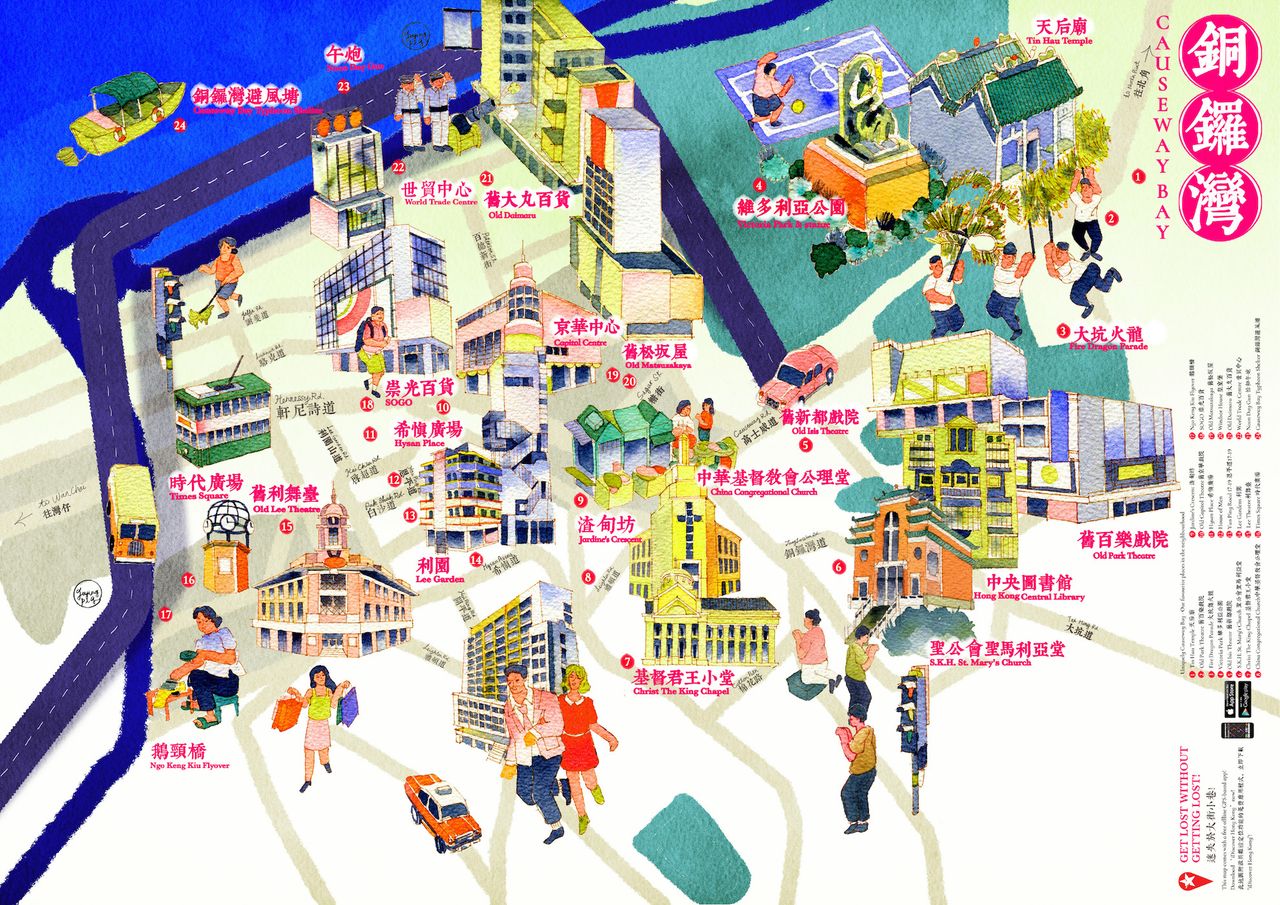
Credits
Created by
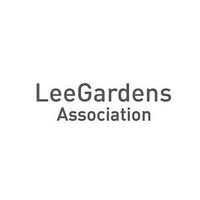
Designed by

About
Lee Gardens Association 利園協會
Lee Gardens Association is a non-profit making area association. It serves as a neighbourhood business group that brings excitement to the Lee Gardens district through events and activities. 利園協會是一個非牟利地區協會,一向致力發掘利園區各種消閒娛樂,舉辦各項多元化活動,並希望為區內注入全新氣象。
leegardensassociation.hk/enFlyingpig 飛天豬
Flyingpig is a full-time illustrator and artist who has published her first book on drawings of old shop in 2016.After graduation from the School of Creative Media of City University of Hong Kong, she continues to sketch our city of Hong Kong and focuses on drawings that are related to the community. 黃詠珊,現為全職插畫師、藝術家,2016年出版第一本個人畫集《老店風情畫》。於城市大學創意媒體學院動畫系畢業後一直在城市角落寫生,創作與香港和社區有關的繪畫。
www.flyingpig.work